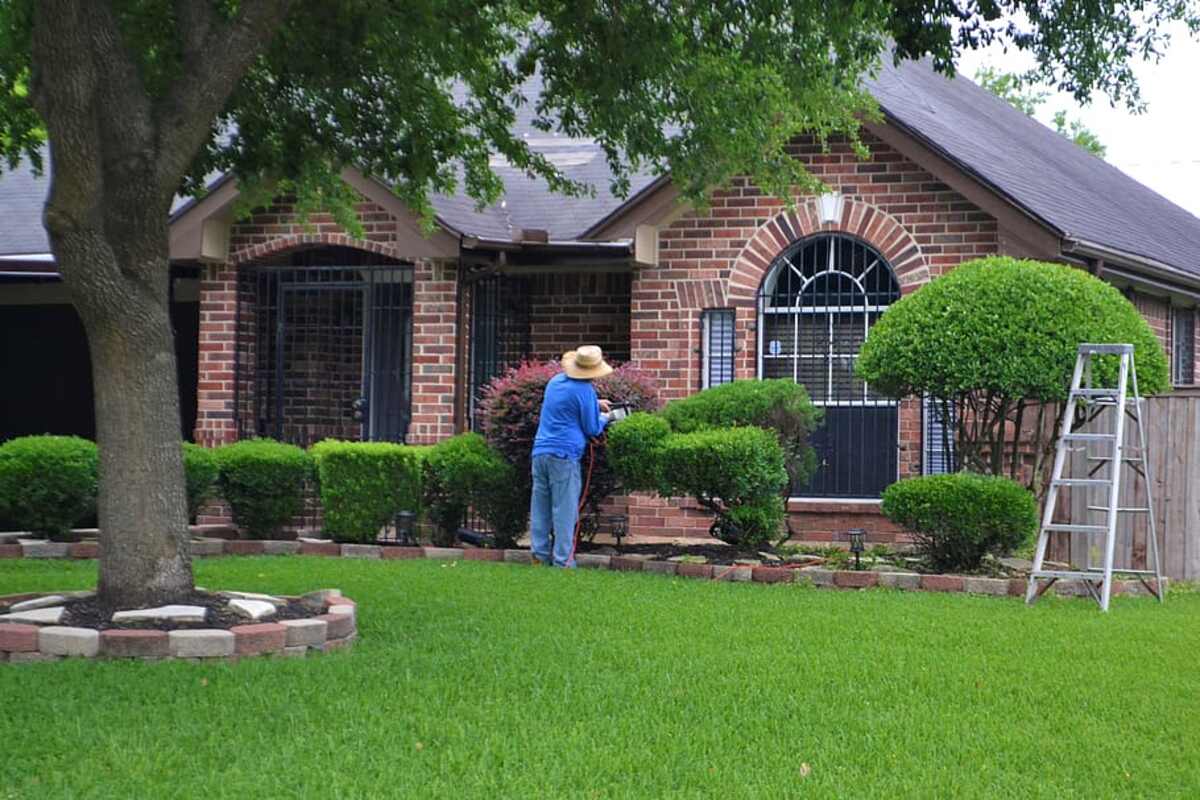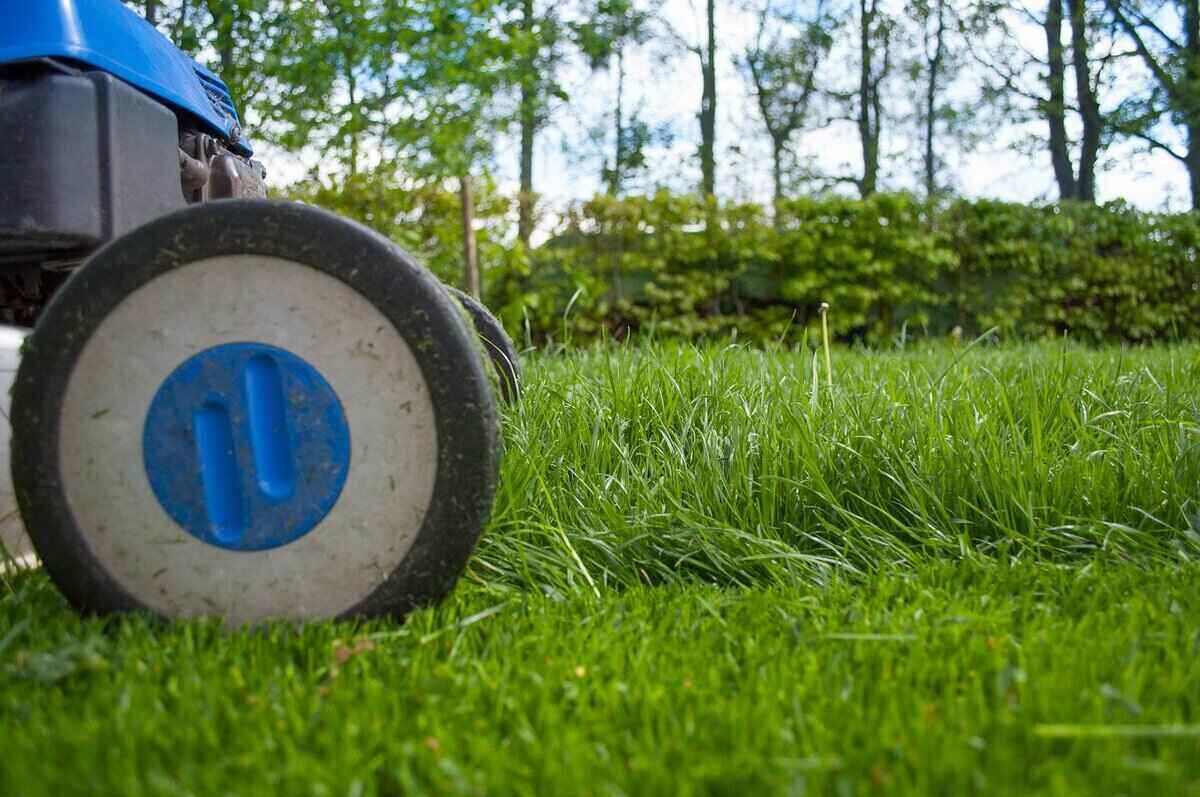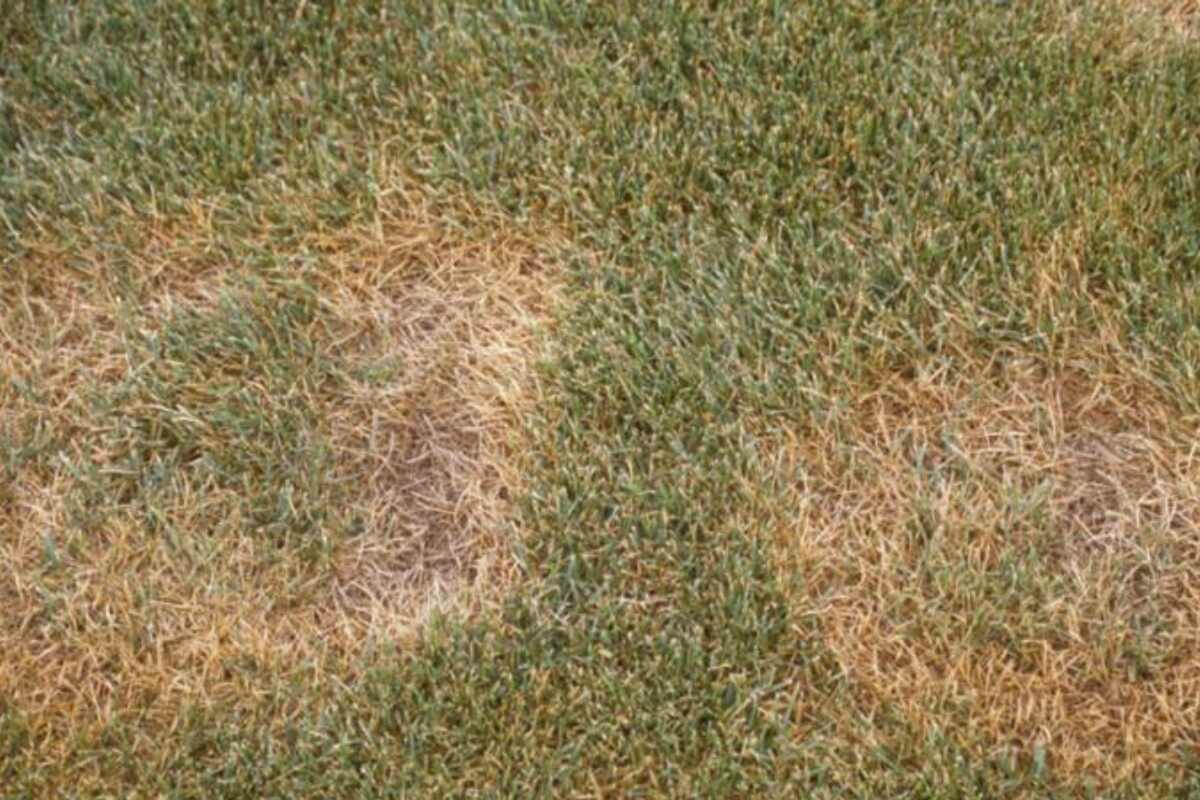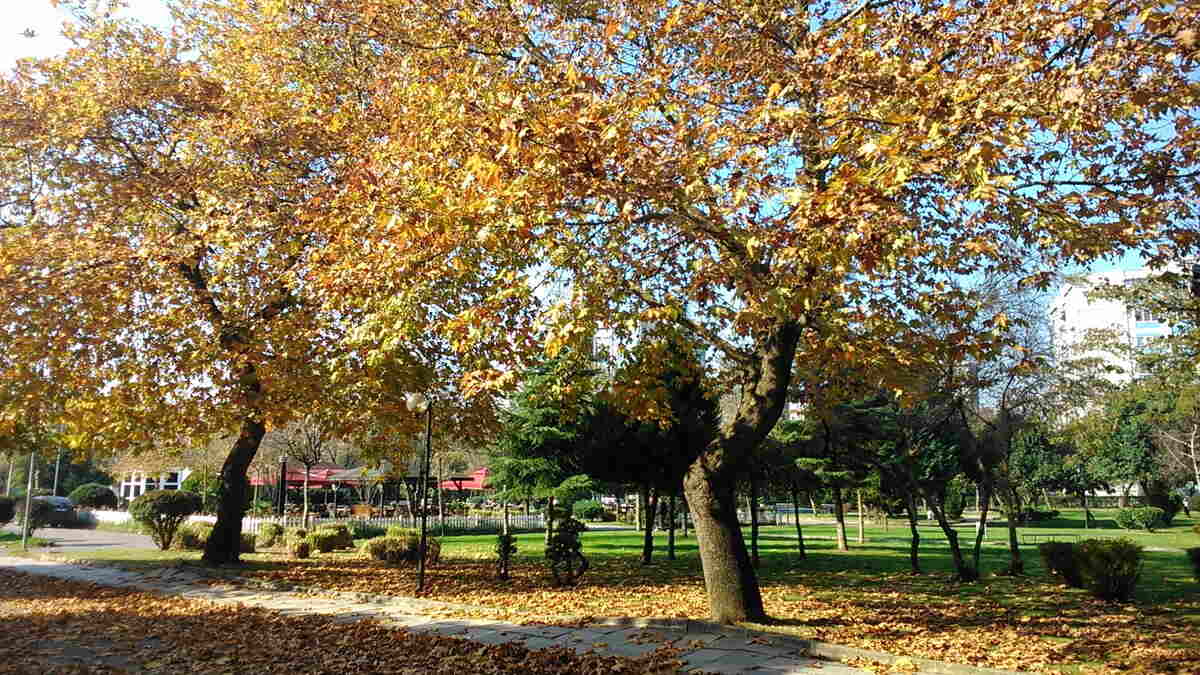
As the scorching summer sun takes a back seat to cooler autumn days, it’s time to spruce up our lawns for the new season ahead. If you’re a San Diego resident, you know that maintaining a healthy and vibrant lawn requires some extra attention. That’s why we’ve put together these fall lawn care tips for San Diego, so you can ensure your lawn stays healthy all year round.
While San Diego does not have the same stunning fall foliage as other parts of the country, that doesn’t mean there isn’t still work to be done. In fact, fall is a critical time to prepare your lawn for the upcoming winter months. So let’s get to work!
1. Get Your Soil Tested
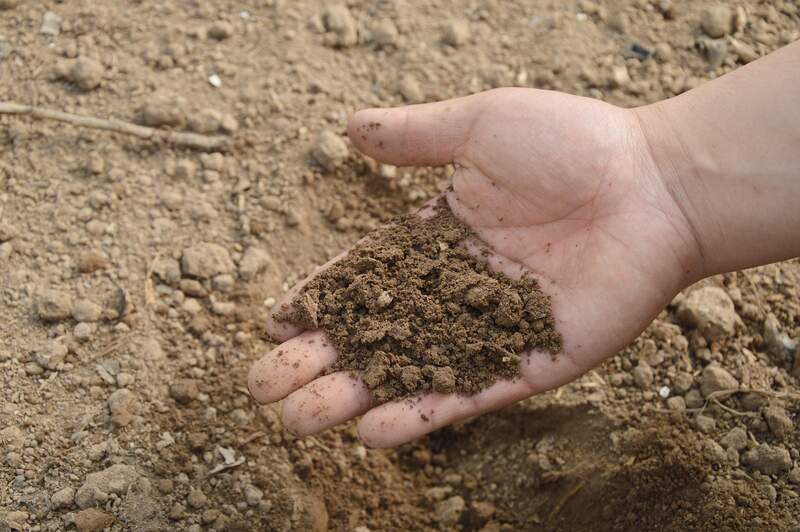
A soil test can provide valuable information on your soil’s pH level, nutrient deficiencies, and other chemical properties. This information can help you determine which fertilizers and amendments to apply to your lawn to ensure optimal growth and health.
In San Diego, where the soil tends to be clay-like and alkaline, a soil test can be particularly helpful in identifying any deficiencies and the presence of salt hindering your lawn’s growth.
Pro Tip: If the lab results with your soil tests come back revealing your soil is alkaline, with a pH between 7 and 14, this can cause a nutrient deficiency in your lawn. There are several ways to amend alkaline soil and lower its pH level, such as:
- Peat moss
- Elemental sulfur
- Iron sulfate
- Aluminum sulfate
Warning: A soil test won’t provide a complete picture of your lawn’s health. If you’re experiencing poor plant growth or other issues, it could be due to several factors that a soil test won’t identify, such as diseases, improper irrigation, and pests.
2. Clean Up Your Yard
Unlike other parts of the country, San Diego doesn’t typically experience the same level of fall foliage (unless you take a hike to higher altitudes), so you don’t have to deal with the massive leaf piles that many others do. However, that doesn’t mean you can completely skip out on yard cleanup during the fall season.
While you may not have to worry about raking up thousands of leaves, there may still be other foliage in your yard that needs to be cleaned up. Tree branches, dead leaves, and other yard debris can accumulate over time. If left unattended, they can smother your grass or even attract pests like rodents and insects.
As such, keeping your yard clean and tidy during the fall season is a good idea. In addition, consider composting the organic matter you remove.
3. Don’t Stop Mowing
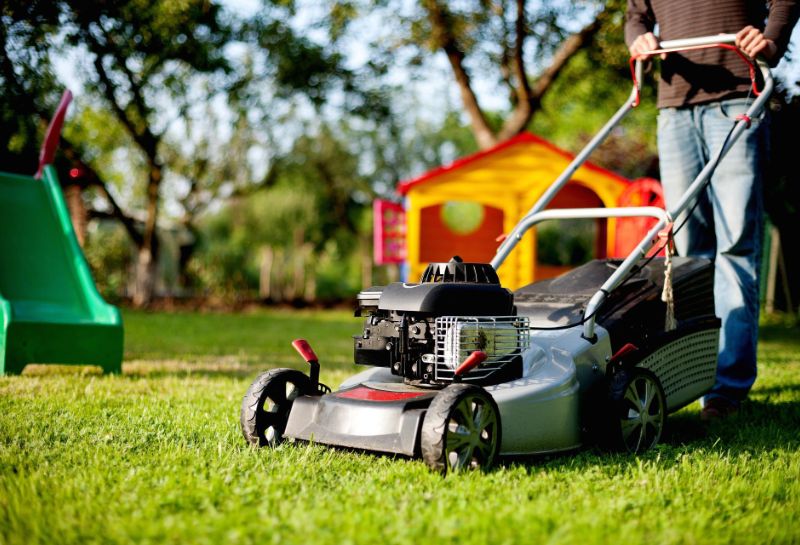
As the temperatures begin to cool in San Diego during the fall season, it can be tempting to put away your lawn mower and forget about lawn care until spring. However, this is a common misconception — mowing your lawn during the fall season is essential.
To prepare your lawn for winter, it’s crucial to keep up with regular mowing throughout the fall. Pay attention to the height of your grass and trim it regularly to ensure it’s not getting too long. Then, when your grass stops growing, mow it one final time.
However, don’t give it a buzz cut! Cutting it too short can stress the grass, and fall in San Diego can still bring considerable heat, so leaving some extra length on the grass can help it retain moisture and stay healthy.
The table below shows when the last mow of the season should be and at what height, based on the best grass types in San Diego:
| Grass Type | Mowing Height (inches) | Time frame for last mow |
| Bermuda | 1 – 1.5 | Mid to late October |
| St. Augustine | 1 – 2 | Mid to late October |
| Zoysia | 0.5 – 1 | Mid to late October |
| Tall Fescue | 1.5 – 3 | Late November to early December |
4. Water Wisely
While the fall season in San Diego gradually brings more rain than the hot and dry summer months, it’s not enough to sustain a healthy lawn. As such, it’s important to continue watering your lawn regularly during the fall season, considering the local watering restrictions.
How to do it? Water your lawn in the early morning to allow the grass roots to absorb as much water as possible, about two to three times a week, depending on your grass type. Consider investing in a sprinkler system for easy, automated watering.
To determine how many minutes you need to run your sprinklers, use the catch can test:
- Place at least six containers with straight sides, like coffee mugs or empty tuna cans, around your lawn.
- Turn on your sprinklers for 20 minutes.
- Measure the level of water in each container using a ruler.
- Add up all the water levels and divide by the number of containers to find the average water depth.
- Multiply the average water depth by 3 to see how many inches of water your sprinklers give in one hour.
Use the table below to estimate the number of minutes per week you need to water your lawn based on the value you got above:
| Sprinkler Output | Warm-Season Grass | Cool-Season Grass |
| 0.5 in | 50 – 82 min | 67 – 109 min |
| 1 in | 25 – 41 min | 34 – 55 min |
| 1.5 in | 17 – 27 min | 22 – 36 min |
| 2.0 in | 13 – 20 min | 17 – 27 min |
For example, if your sprinklers give 1 inch of water per hour and you have Bermuda (a warm-season grass), you’ll need to water your lawn between 25 and 41 minutes per week throughout the fall season. So you’ll start by watering your lawn for 41 minutes during the driest month (September) and decrease the watering time to 25 minutes once you reach November.
5. Overseed Your Lawn
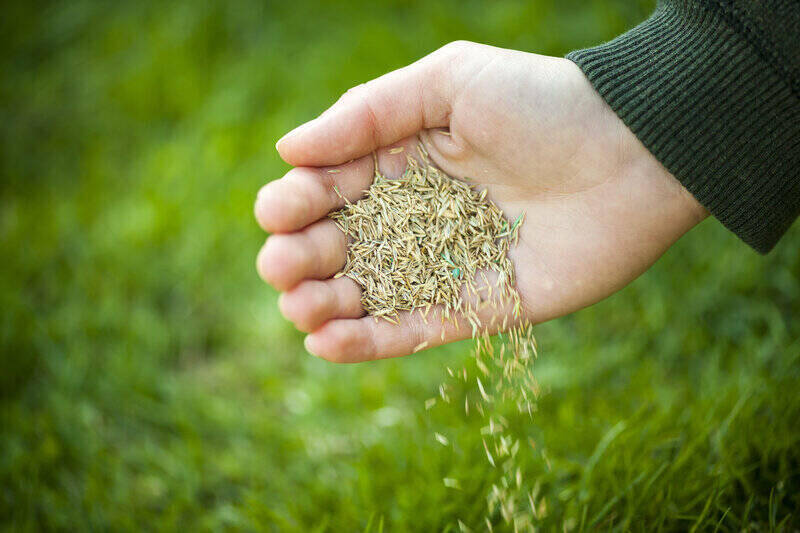
If you want to give your lawn a little extra love this fall season in San Diego, consider overseeding. Overseeding is the process of spreading new grass seed over an existing lawn, which can help thicken it up and repair any bare spots that may have occurred during the summer months due to pests or heavy foot traffic.
If you have cool-season grass, such as tall fescue, fall is the perfect time to overseed. The cooler temperatures and increased moisture in the air provide ideal conditions for new grass seeds to germinate and take root.
Pro Tip: If you have warm-season grass, such as Bermuda, you can also overseed with cool-season grasses like ryegrass. Perennial ryegrass will grow and stay green during winter when warm-season grasses are dormant, providing your lawn with year-round greenery. For grass types you can’t overseed, like St. Augustine, painting the grass is a good alternative.
6. Feed Your Lawn
Fertilizing your lawn is vital to maintaining a healthy and vibrant lawn in San Diego, but timing is key. If you have cool-season grasses, such as tall fescue, the ideal time to use lawn fertilizer is exactly during the fall season.
This is because cool-season grasses are actively growing during this time and need the added nutrients provided by fertilization to help them thrive.
On the other hand, if you have warm-season grass, such as Bermudagrass, fertilizing in the fall season may not be as effective. Warm-season grasses should be fertilized in mid-spring through summer when they are actively growing and can best benefit from the added nutrients.
7. Feed Your Lawn Organically
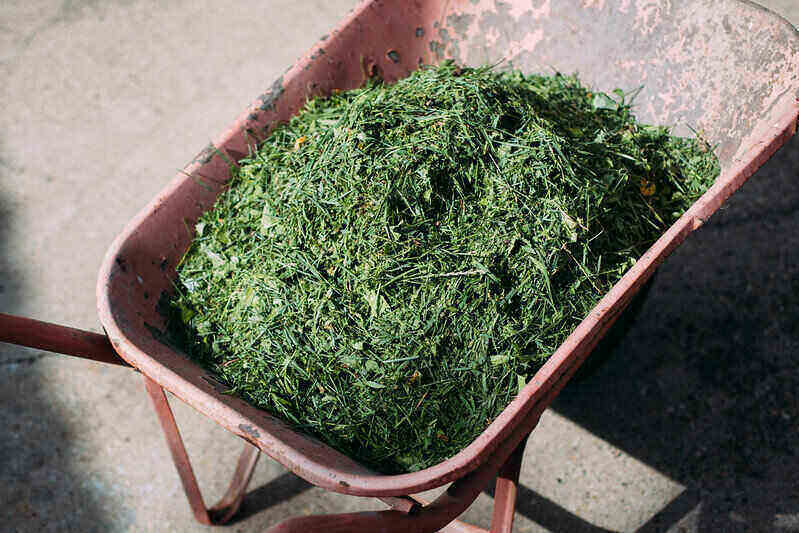
If you’re looking for an organic approach to fertilizing your lawn in San Diego, consider using grass clippings as mulch. Rather than bagging your grass clippings, a mulching mower will cut the grass into small pieces and leave them on the lawn to decompose.
As the grass clippings decompose, they release water and nitrogen back into the soil, providing your lawn with a natural source of nutrients. This process can help improve the overall health of your lawn and reduce the need for chemical fertilizers by about one application each year.
Although mulching mowers can be costly initially — around $303 — they can save you time and money in the long run. By not having to dispose of grass clippings or purchasing as many fertilizers, you can simplify your lawn care routine and save money on lawn maintenance costs.
8. Aeration
Unfortunately, the soil in San Diego can be clay-like and become compacted over time, leading to poor water and nutrient absorption and an unhealthy lawn. Aeration is the process of pulling cores from the soil to allow for better air, water, and nutrient flow, and it is a vital aspect of lawn maintenance.
While warm-season grasses are best aerated in late spring or early summer, cool-season grasses can be aerated in late summer through early fall, which is their growing season.
Pro Tip: To check if your lawn needs aeration, a simple and effective method is to use the screwdriver test: Take a screwdriver and push it into the soil.
- If the screwdriver is difficult to push in or does not penetrate the soil, the soil is likely compacted and needs aeration.
- If the screwdriver pushes into the ground easily, your soil probably doesn’t need to be aerated.
9. Remove the Thatch
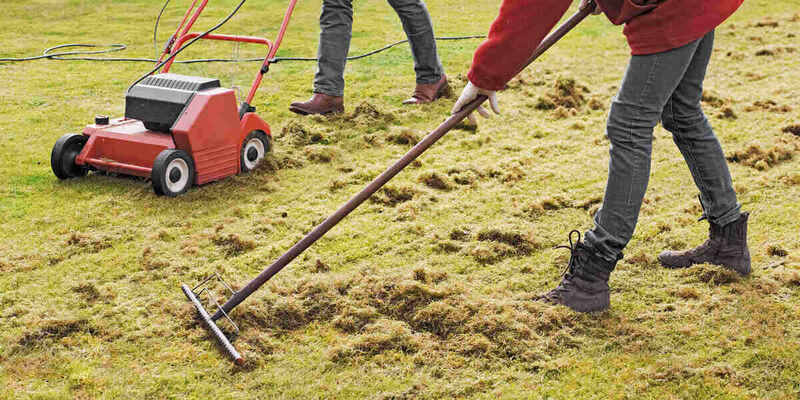
Dethatching involves removing the layer of dead grass, clippings, roots, and other debris that build up on the surface of your lawn over time. This layer, also known as thatch, can prevent water, air, and nutrients from reaching the roots of your grass, leading to an unhealthy lawn.
If you have a cool-season grass variety like tall fescue, a common grass in San Diego, it’s best to dethatch in late summer or early fall. This allows the grass to recover and grow before the onset of winter. However, if you have a warm-season grass like Bermuda or St. Augustine, it’s best to wait to dethatch in early summer or as part of your late spring lawn care after the grass greens up.
Warning: Regardless of the type of grass you have, it’s essential to make sure that you don’t dethatch too frequently or too aggressively. A certain layer of thatch, about half an inch, is healthy for your lawn.
10. Weed Control
Weed control is an important aspect of fall lawn care. Just like applying pre-emergent herbicides in early spring to avoid summer weeds, you can also use a pre-emergent herbicide in the fall to prevent winter weeds.
The best time to apply pre-emergent herbicide is from mid to late fall, when soil temperatures fall to 70 degrees, and before winter weeds have a chance to germinate. If you already have broadleaf perennial weeds in your lawn, you can also apply post-emergent herbicide to treat them or hand-pull them.
The most common weeds and weed types in San Diego are:
- Broadleaf weeds: Clover, dandelion, chickweed
- Grassy weeds: Crabgrass, foxtail
- Sedge weeds: Nutsedge
Check out this guide to learn about more Common California Weeds.
FAQ About Fall Lawn Care Tips
The best time to fertilize your lawn in San Diego depends on the type of grass you have. Cool-season grasses such as tall fescue experience their main growth period during the fall, so it’s best to fertilize them during this time.
On the other hand, warm-season grasses such as Bermudagrass and St. Augustinegrass experience their main growth during the warmer months, so it’s best to fertilize them during mid-spring through summer when they’re actively growing.
By fertilizing during these periods, you can give the grass the nutrients it needs to grow strong and healthy root systems.
The timing of aeration also depends on the type of grass you have. Cool-season grasses are best to aerate in late summer through early fall when they are in their most active growth period. Warm-season grasses should be aerated in late spring or in your early summer lawn care maintenance.
It’s important to note that while aeration can be beneficial, over-aerating can do more harm than good. Aerating too frequently or at the wrong time of year can damage the grass and make it more susceptible to disease and pests. Performing the screwdriver test can help you know if the soil really needs aeration.
Watering your yard before and after applying fertilizer is essential to ensure that the fertilizer is distributed evenly and effectively.
Before applying fertilizer, it’s recommended to water your lawn thoroughly about a day or two in advance. This will help moisten the soil and ensure the grassroots can properly absorb the fertilizer.
After applying the fertilizer, it’s essential to water lightly again. This watering is particularly important because it washes any fertilizer that may be sitting on the grass blades down to the soil, where the roots can absorb it.
When to Bring in the Pros
As the fall season approaches, giving your lawn the care it needs to thrive throughout the season is essential. Following the tips in this article, you can ensure that your lawn remains healthy and lush even as the weather begins to cool down.
However, we understand that lawn care can be a daunting task for many homeowners. If you feel overwhelmed or don’t have the time to handle it on your own, don’t hesitate to seek out the assistance of a professional San Diego lawn care pro for more tips on how to care for your lawn in every season.
Main Image Credit: Pxfuel

